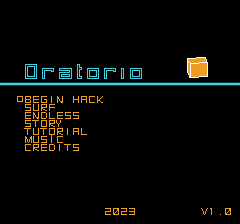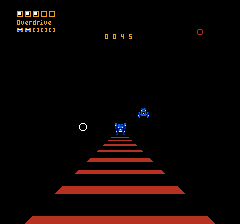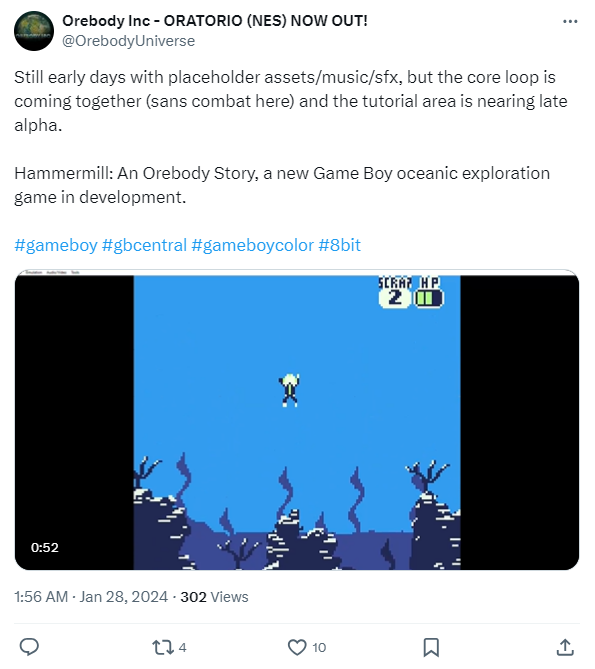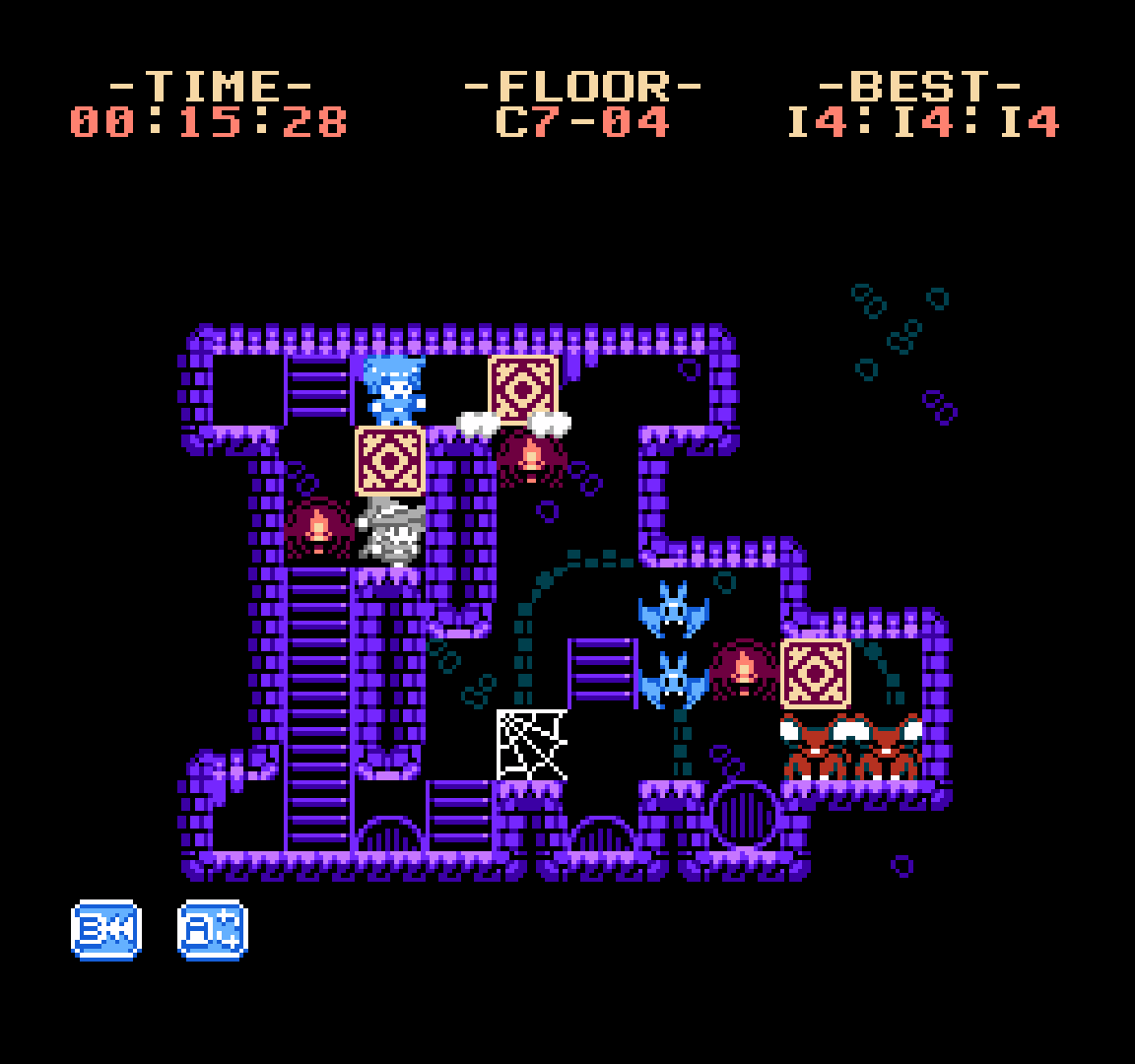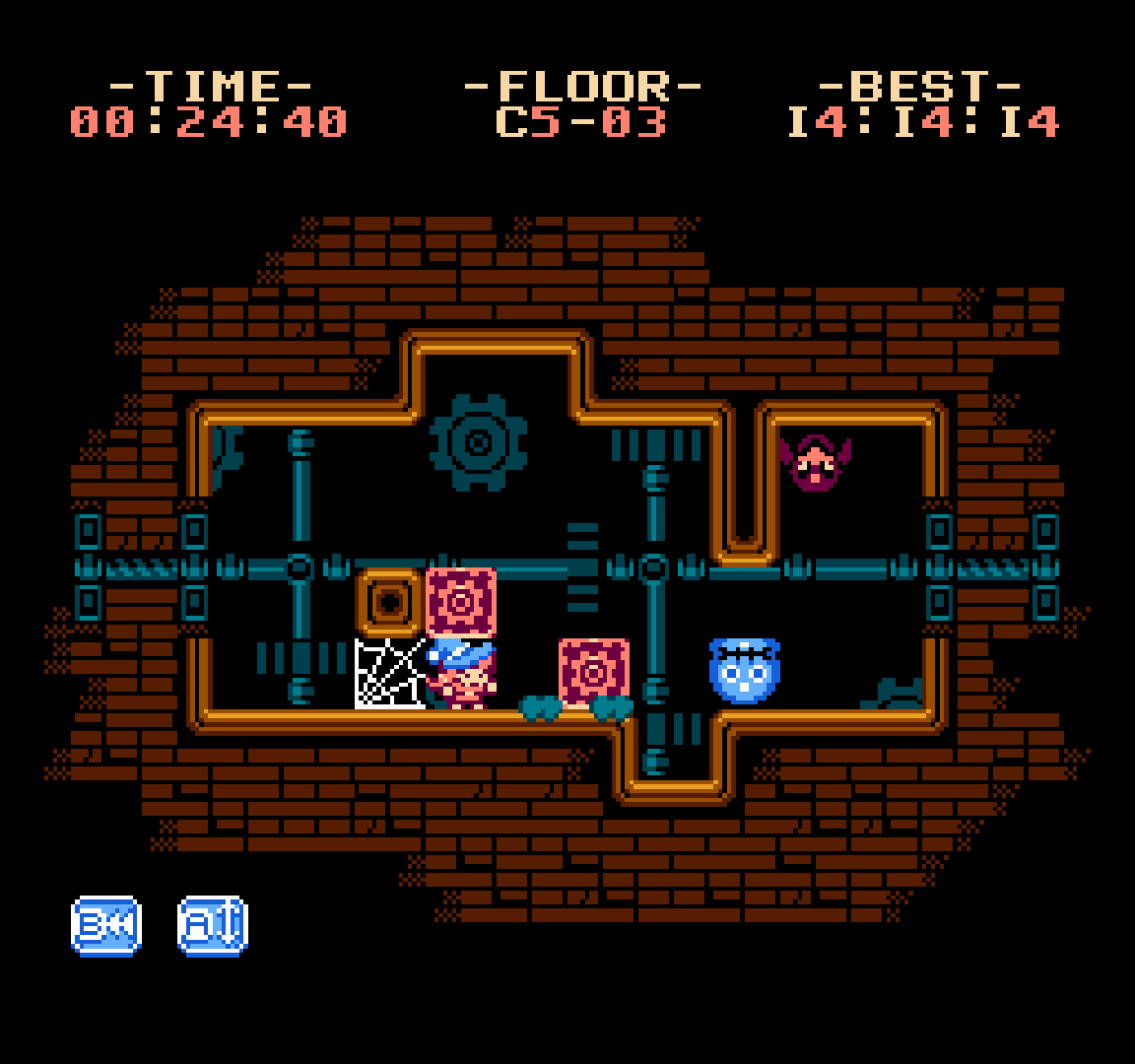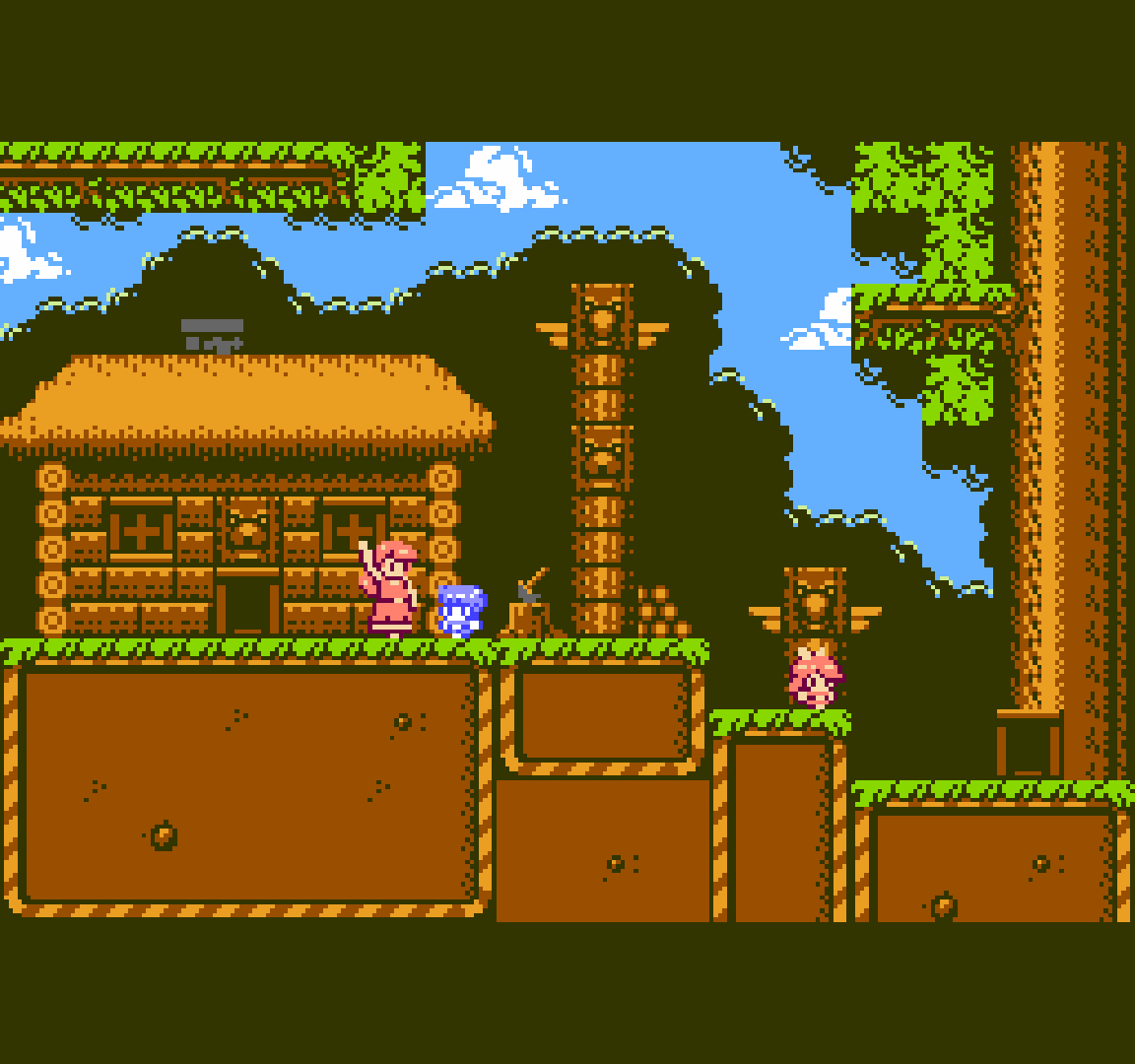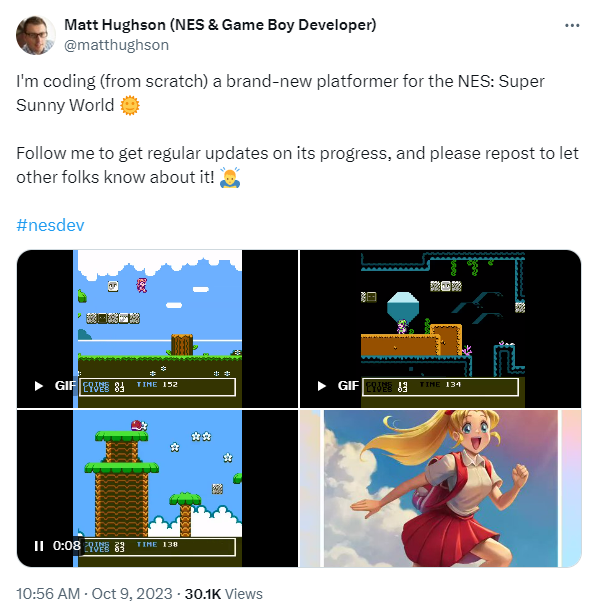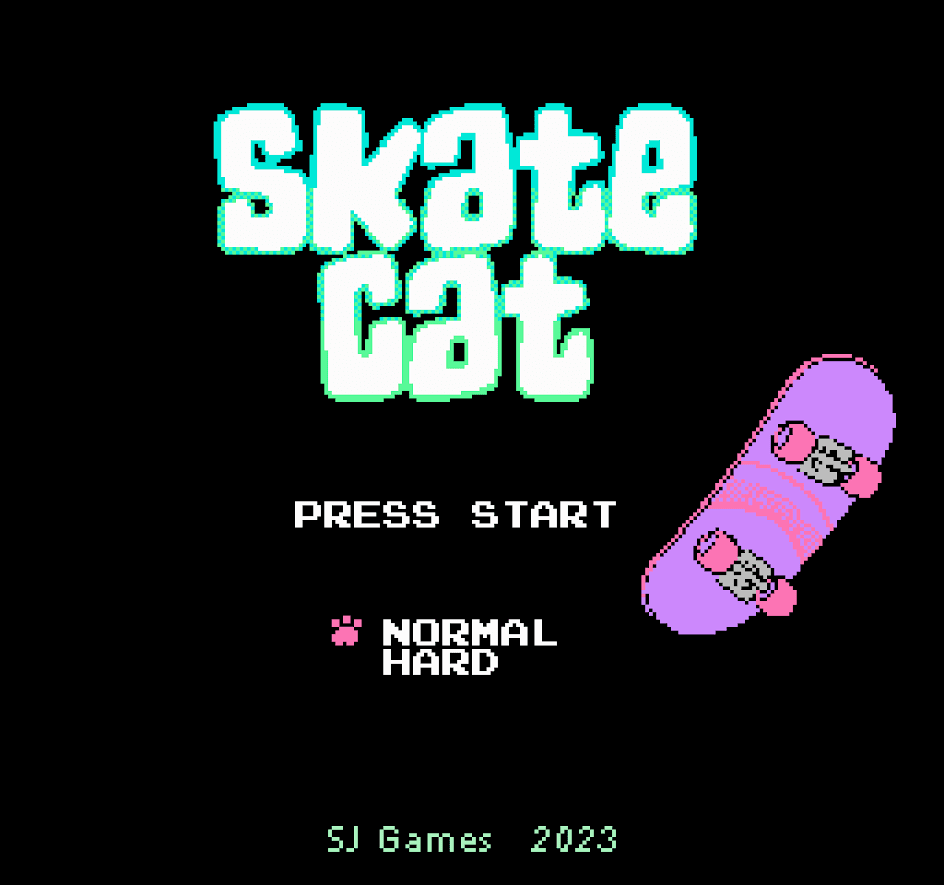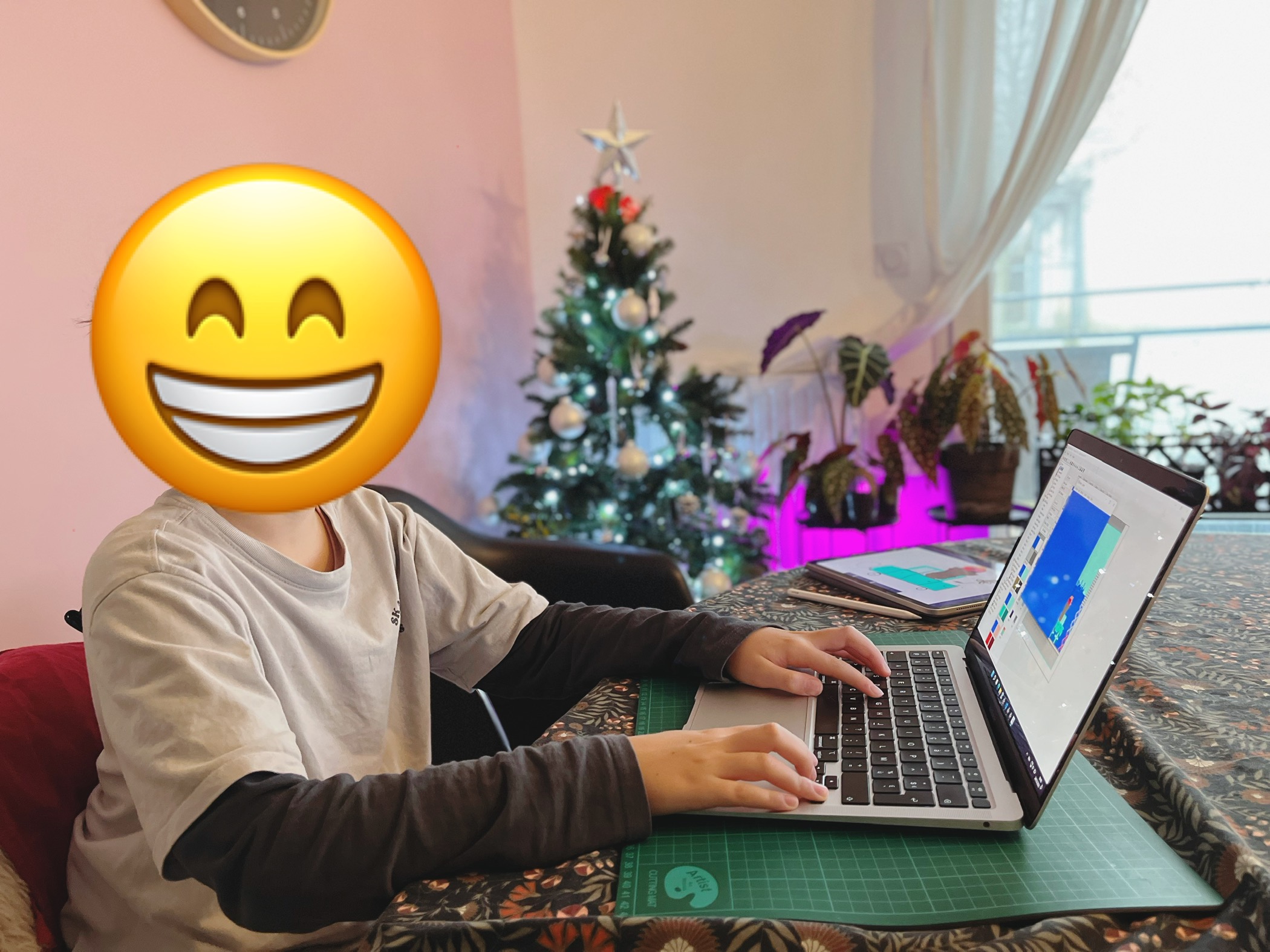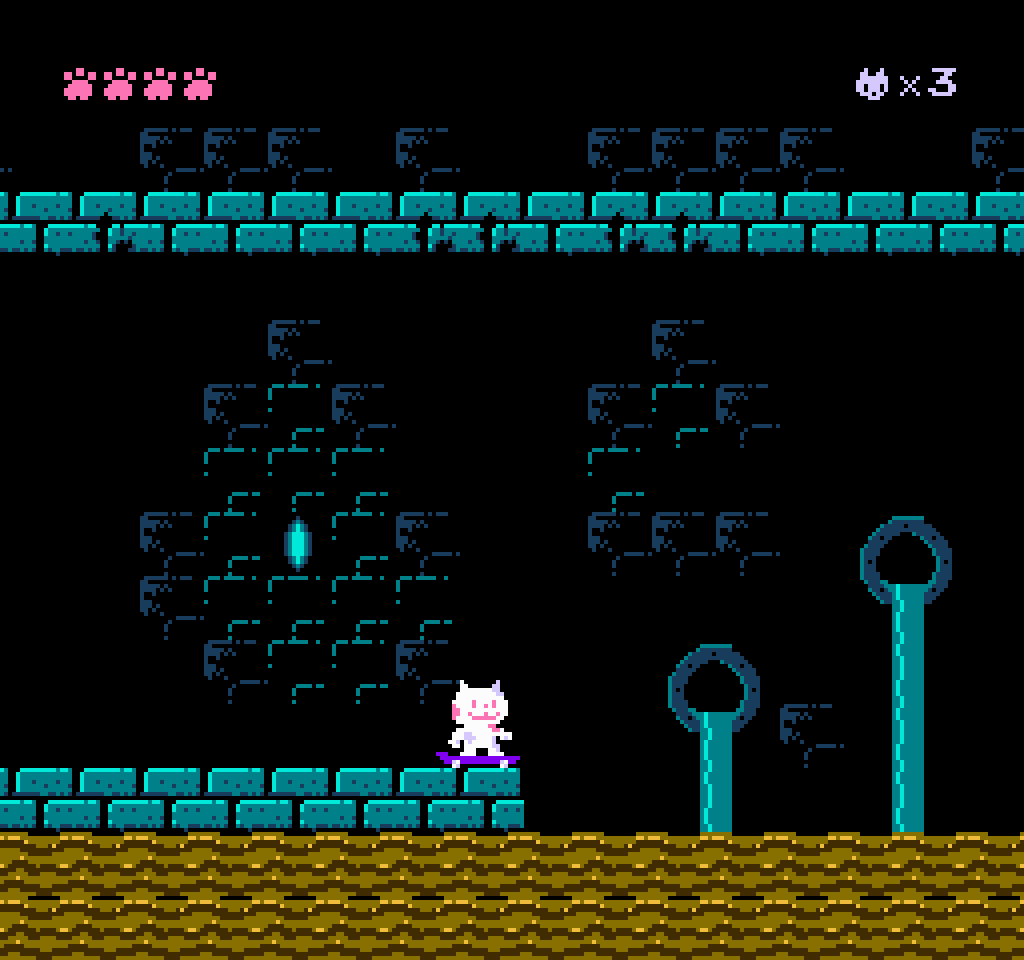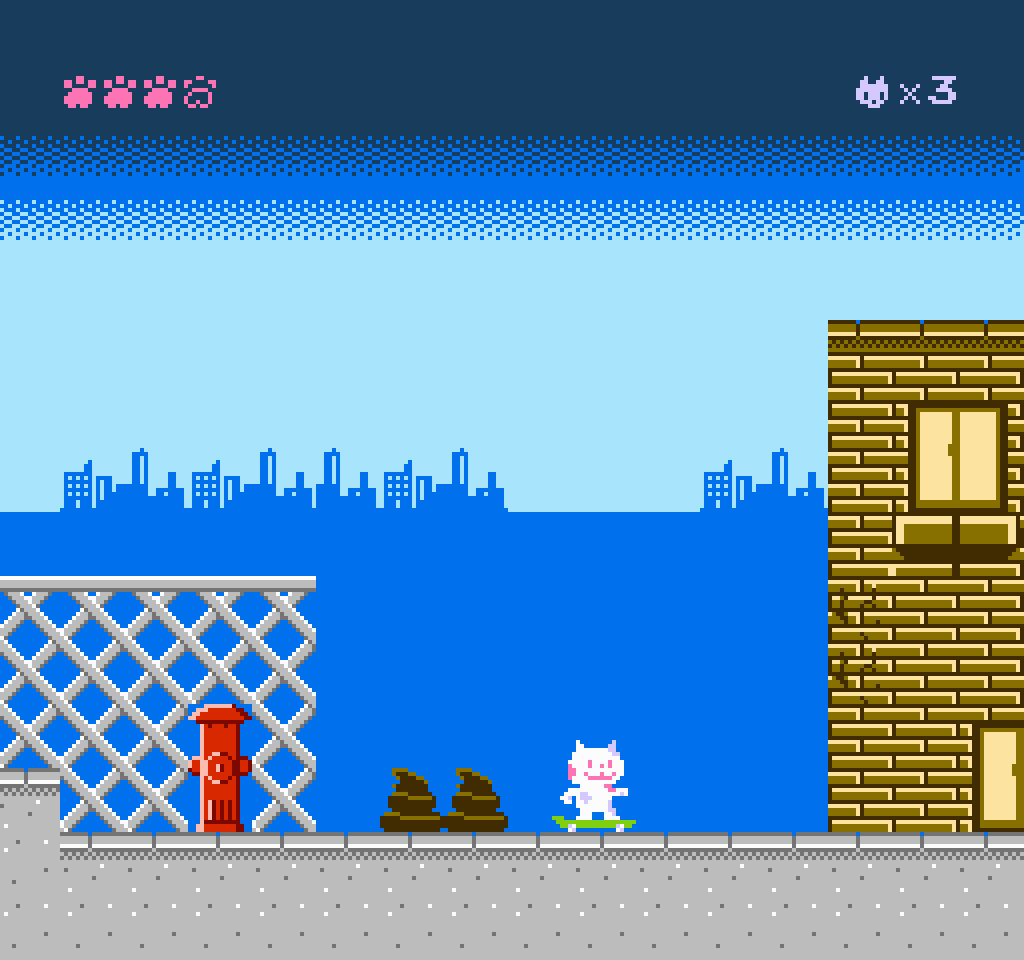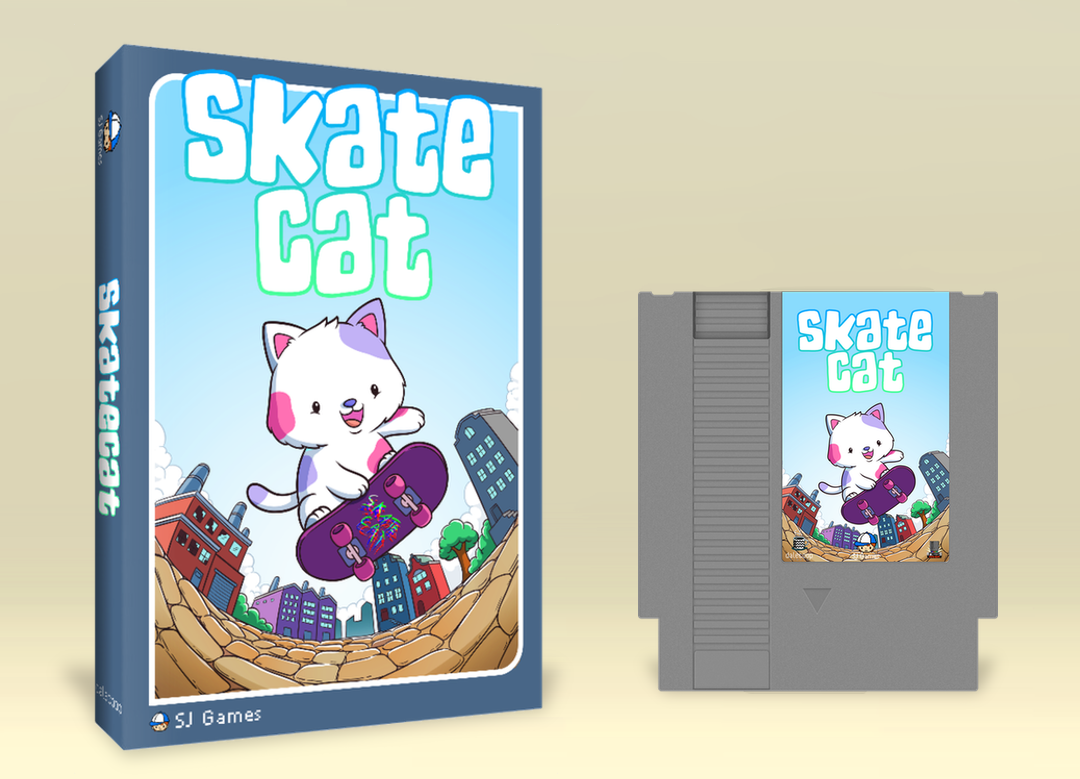Indie Retro Homebrew Showcase Interview: Fire and Rescue
Welcome to the fourth edition of our Indie Retro Homebrew Showcase Interview series, where we explore the world of indie games. Today, we turn our spotlight on Fire and Rescue, an action platformer crafted by Skyboy Games!
Get ready to wield your hose and dive into the blazing depths as we explore the fiery tales and the journey behind the game's development. Join us as we uncover the insights from our interview below!
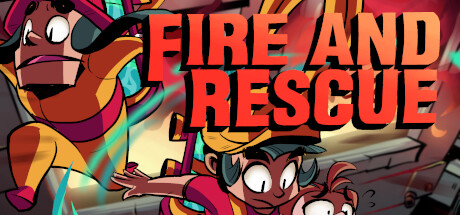
How was your game born?
In a way, Fire and Rescue was born on a whim. It all started a few years ago when I joined a game jam themed around “Lost Cartridge” game design. Designing games that felt like they could be a newly discovered retro game. For that jam, I decided to try learning some nesdev over that weekend and creating a game. This game became Orphea, a super-short, rudimentary NES shooter.
What surprised me, however, was how much I enjoyed nesdev. So, I decided I wanted to make a complete NES game. This was the start of Fire and Rescue as a project. I wanted to create a complete NES game that felt like it was an authentic black-box NROM release.
What was development like?
I find doing nesdev to be quite refreshing. I write my games in mostly C based largely on what I learned from nesdoug.com. Writing C code for nesdev lets me be unabashed about breaking the rules of “good” or “clean” code and just do what works. For someone who has spent many, many years methodically writing “robust,” “correct” code, the rough-and-tumble, whatever-works nature of nesdev is like a breath of fresh air.
I also like the constraints inherent in nesdev. I often refer to the compiler as the best producer I ever worked with. When working on games, it’s inevitable that you want to add more and more to the game. If you don’t have any constraints, this can go on forever. In nesdev, if I write to much code, the compiler complains and refuses to write anymore. It basically tells me that I can’t add new stuff to the game unless I take something else out (or, at least, optimize more.) These sorts of limitations go a long way towards helping me actually finishing projects.
What did you learn about yourself through this game?
I’ve learned that I like constraints in my design space, a lot. I guess it turns out that I was a game design submissive! Having constraints (like palette and sprite limitations) set the boundaries for what I can do and then figuring out how to best work within (or around) those boundaries is super enjoyable.
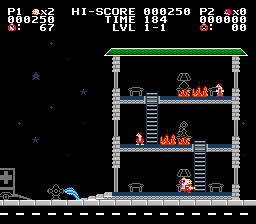
What makes this game special?
My main goal with Fire and Rescue was to make a game that felt authentically Black Box retro as I could. In my mind, I wanted to make a game that could have conceivably be released alongside the other Black Box original NES releases. That’s part of what led me to the fire-fighter theme. I looked at the set of Black Box releases and tried to find a theme that might have been picked for a game that was part of that lineup.
One of the nicest compliments I got for Fire and Rescue was when someone played it and said that, if not for the copyright year on the title screen, if someone had told them Fire and Rescue was an obscure Black Box game that they just hadn’t known about, they would have been convinced. That felt pretty darn good!
How does sound play a role in the game?
Sound is crucial for giving players feedback that is time critical. In Fire and Rescue’s case, sounds the refill sound when filling water let the player know exactly when their water tank is full and that they can keep moving (which is important when trying to optimize for time in the game.)
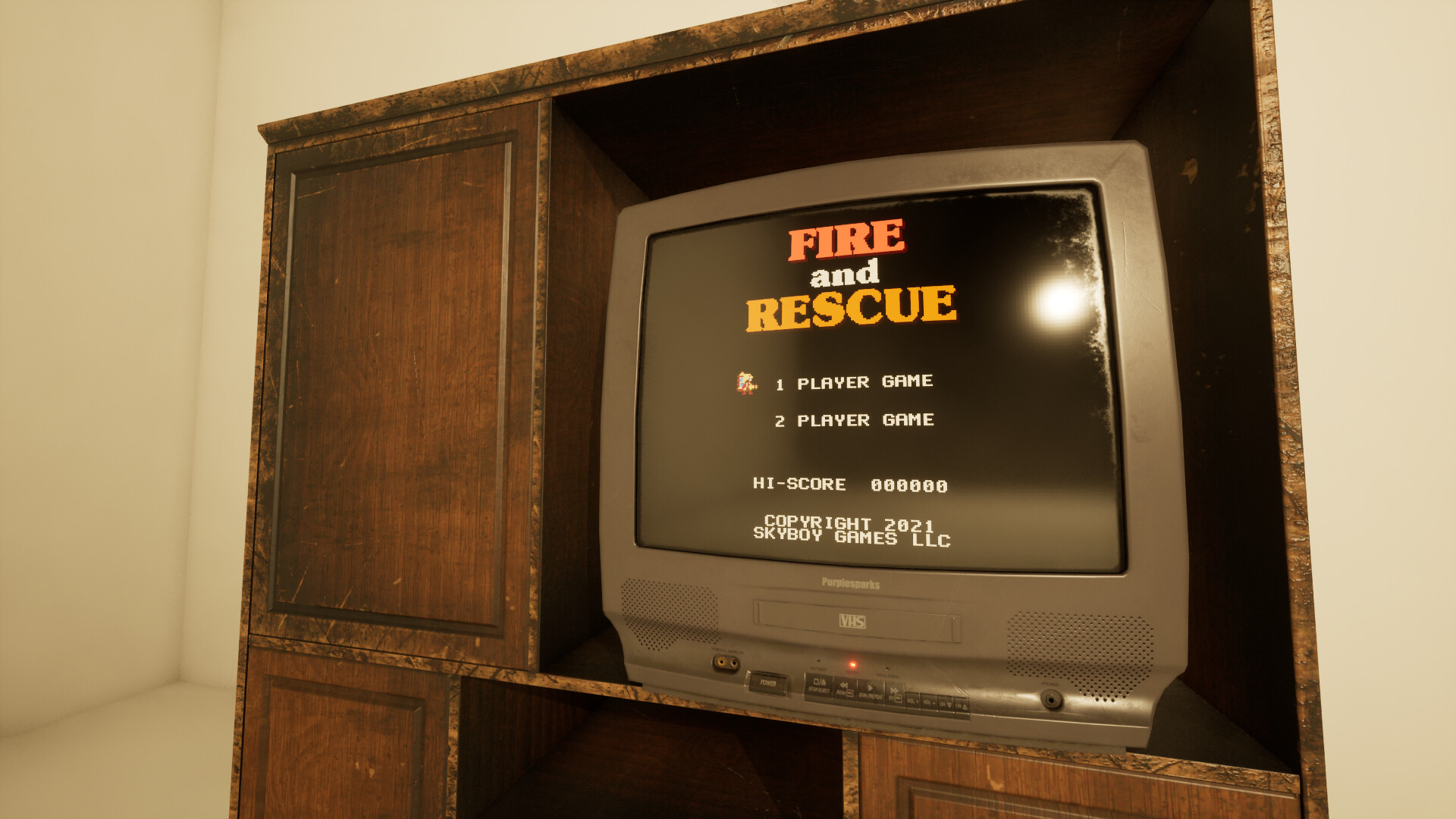
More generally, the limited number of sound channels on the NES forced me to think about the sound and music as a more coherent whole. Playing a sound effect that uses certain channels would cause those channels to no longer be available for the background music, so I found myself thinking about the sound effects as being part of a harmony that is assigned to certain channels that are designed to mesh with the game’s music.
What games influenced this one the most?
It might not be apparent at first, but I thought a lot about Balloon Fight while working on Fire and Rescue. When I got an NES as a kid, my first to games were SMB and Balloon Fight, so I played A LOT of that game back in the day. In a way, Fire and Rescue is me wanting to make a game that stands as a sibling with Balloon Fight.
Any fun stories or wild moments during development?
While I was working on Fire and Rescue, I spent a lot of time imagining myself as being a dev in Japan in the eighties. When I was looking up references and feeling out the gameplay, I would frequently ask myself, what would I be referencing if I were a dev in 1982 or 1983 (years when games like Balloon Fight might have been written)?
In many ways, it was kind of like I was larping being a game dev in the 80’s. I even had some points were I steered away from certain elements because they felt “too modern”. Like they wouldn’t have been commonly used when a game like Fire and Rescue was being developed (if it were developed in 1982.) For example, earlier in Fire and Rescue’s development, you could grab onto ladders mid-jump. I then got the feeling that grabbing ladders mid-jump felt like a nicety that wouldn’t have been common place in games developed at that time, so I took it out.
Do you think preserving older gameplay mechanics in new games is important?
In general, yes, but it does depend on context. Older gameplay mechanics, in and of themselves, aren’t necessarily required to be preserved in new games. Sometimes we move on from certain mechanics for a reason. But, if you have something to say with those mechanics, then heck yeah! The language of game design should draw from the full history of games. Old and new.
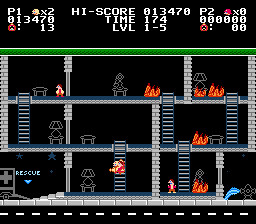
What's your favorite memory as a gamer?
I’m telling on myself a bit here, but I used to sniff my Christmas presents as a kid. I swore that I could smell exactly which presents were video games. I was usually right. 😉
Incidentally, a great compliment I got from someone for the physical version of Fire and Rescue was that it smelled like an original NES game when they opened it. That compliment really hit me where I live.
Who will enjoy this game the most?
Nostalgic old farts like me and speed-runners who like to optimize their path through levels.
Bottom line, why must someone play this game?
If you want to feel like you’re playing an NES for the first time all over again, then Fire and Rescue is the game for you.
How do you want this game to be remembered?
I want Fire and Rescue to be remembered as a great start for a catalog of really cool indie retro games created by Skyboy Games.
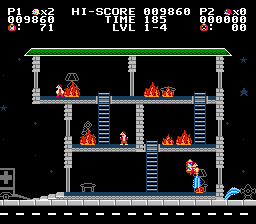
What's next?
Well, my second NES game, Gunhawk, is done and available for download and purchase. If you’re at MAGFest, it right there in the MIVS It is a game where you control a mech fighting off waves of enemies using an NES Zapper. If you’ve been looking for a new reason to play with a light gun, check it out!
I’ve also just started on my third NES project: a Dragon Quest-style RPG called Even Goblins Fall in Love. It’s still super early in development, but if you want to know more, check out my mailing list (on skyboygames.com) or follow me on the usual social media suspects (Twitter, Mastodon, Instagram).
Anything else you'd like to add?
Thank you for letting me be a part of Indie Retro. I really love the efforts you’re making to make more people aware of homebrew games. I think a lot of gamers may be vaguely aware of homebrew games, but don’t realize how much they enjoy them until they see and touch them first-hand. Something about taking a cartridge, plugging it into a beloved console, and seeing a game they’ve never seen before really speaks to some people on a visceral level. Exposing new people indie retro / homebrew games gives them a chance to see a whole world they might never have known existed.



